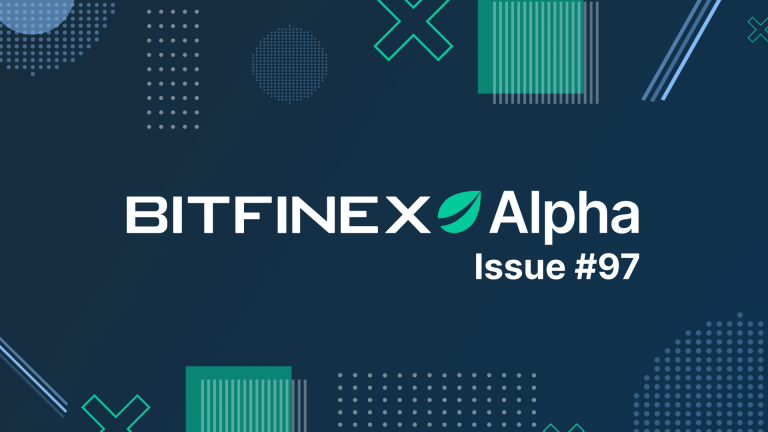March 25 Bitfinex Alpha | ETF flows are moderate and localized when BTC is established
In Bitfinex Alpha
As the market begins to bounce back after the sharp correction at the beginning of last week, we have been focusing on where the bottom of the current trading range is. We believe that Bitcoin's pullback last week from the current all-time high of $73,666, amounting to an approximate 17.5% retracement, indicates that we are on the cusp of creating a local bottom – and we may have already done so.
A review of the pattern of corrections we have seen since Bitcoin hit its lower bound in November 2022 shows that corrections typically do not exceed 20-24 percent, and we expect the current cycle to be no different.
We also do not see the situation of inflows into spot Bitcoin ETFs as a cause for concern. Although negative ETF outflows were on the rise last week, it all came from the Grayscale Bitcoin Trust (GBTC), as investors turned away from the high fees demanded by GBTC and took profits as well, especially since many of these investors Long term owners who entered during a bear market. We will only become concerned if negative flows in GBTC start to be reflected in newer ETFs like Blackrock's IBIT and Fidelity's FBTC.
GBTC investors are not the only sellers in the market. Whale portfolio activities also indicated significant profit taking, which is validated by the fact that the SOPR for long-term shareholders is firmly in the profit zone. The lack of any movement in the realized price for long-term holders also shows that there have been no significant purchases of Bitcoin by this group since early February.
Our analysis indicates that the current market floor for BTC is around $56,000, as this is slightly above the realized price for the short-term group of holders, and is also the estimated cost basis for ETF investors. A drop to $56,000 would also be the maximum contraction we would expect from a new local high, which amounts to about 23-24 percent – consistent with our previous analysis of corrections to market lows.
In the broader macroeconomy, the US housing market is showing signs of improvement, as evidenced by the significant increase in housing construction, which brings some hope that a more balanced market can be achieved, alleviating the burden of housing inflation, a notable factor contributing to broader inflationary trends. .
Boosting housing sector expectations, the National Association of Realtors announced a significant rise in existing home sales. However, this positive trend is offset by a decreasing inventory of available homes. The limited supply of existing housing, coupled with the rise in new home construction, underscores the continuing market pressures on housing and suggests that new construction alone may not be enough to ease the heat of the housing market.
However, the Fed has indicated that it expects three rate cuts this year, and that despite the recent rise in inflation, the central narrative remains one of a gradual reduction in inflation toward the 2% target, albeit on an uneven path.
US business activity has remained stable, even despite the rise in input and output costs, further highlighting the Fed's complex challenge of managing inflation risks and engineering a soft landing.
In the cryptocurrency space, the SEC continues to delay ETF applications for ETH spot products, as it intensifies its scrutiny of Ether and the question of whether ETH should be classified as a security. The ongoing uncertainty has extended the Grayscale Ethereum Trust's discount to 20 percent, its lowest level since November 2023.
On the bright side, BlackRock has launched BUIDL, its inaugural tokenized asset fund on the Ethereum network. This launch is a significant milestone in BlackRock's digital asset strategy, providing qualified investors with a new way to earn USD returns through blockchain technology, ensuring greater accessibility and transparency in on-chain offerings.
Have a good trading week!

